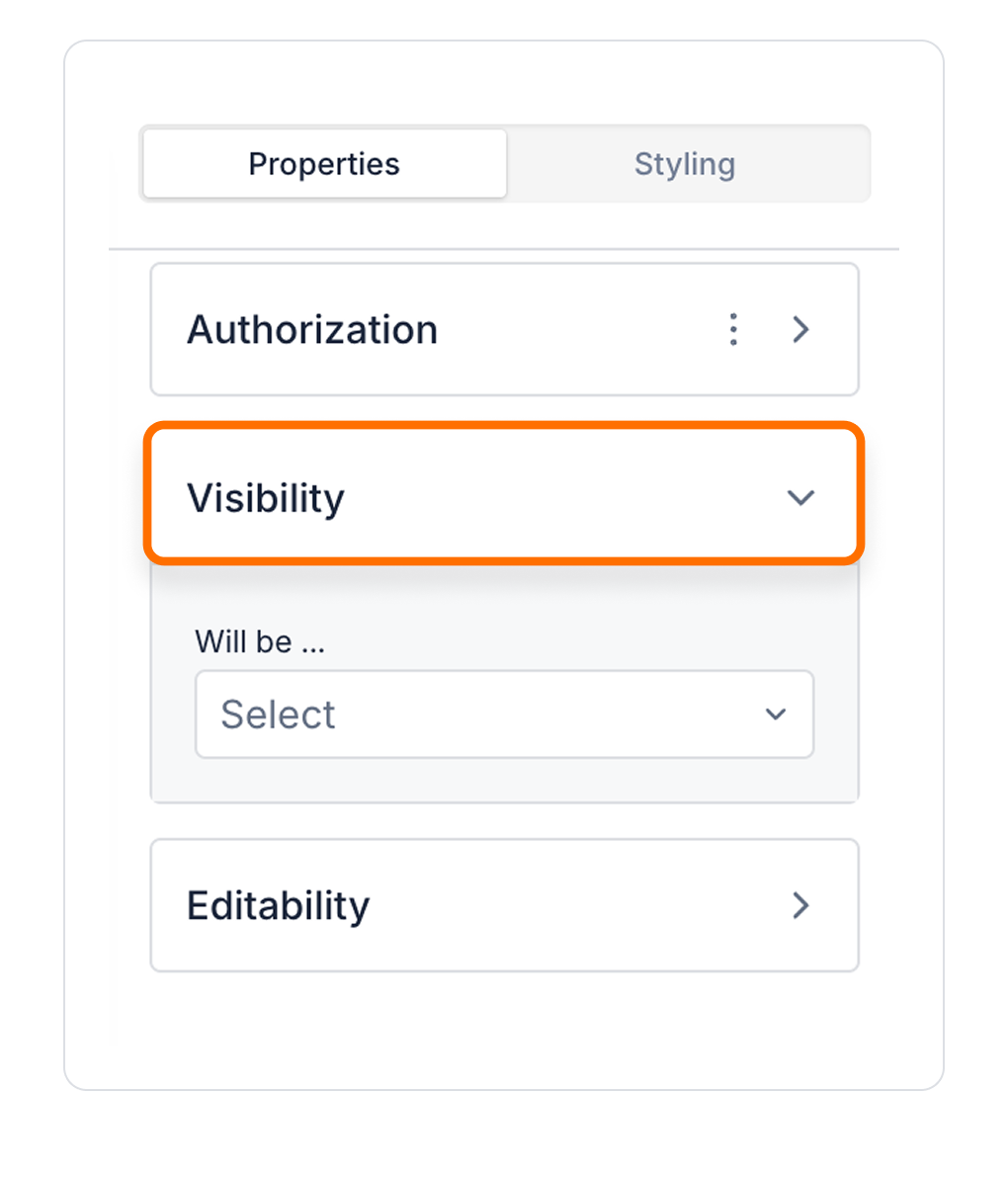


Kuika's Date Time Range element allows users to easily select a specific date and time range in your application. Users can either manually enter a date and time range or specify the start and end times through a date and time picker. The Date Time Range element is used when it is necessary to specify time ranges and prevents erroneous entries by allowing the user to select a valid time zone. In this tutorial, you will learn how to use the Date Time Range element and how to configure date-time range validations.


Located in the Properties panel:
Authorization

To manage access control at the element level, you can use the Authorization section in the Properties panel.
Access Types
Anonymous
Allows all users to view the element without logging in.
Restricted
Restricts access to only verified users or specific roles.
Unauthorized Behavior (Hide / Disable)
If the user does not have the required role, you can specify how the element should behave in the Choose field:
This setting is used to manage how unauthorized users encounter the element.
Visibility

Always Visible: The element is always visible.
Hidden: The element is hidden.
Sometimes Visible: The element becomes visible based on specific conditions.
When Sometimes Visible is used, AND / OR groups can be added directly, allowing visibility rules to be grouped and more complex scenarios to be managed easily.
To configure the setting:


By customizing your elements with the Styling Panel, you can create impressive interfaces for your web and mobile applications. In this section, you can configure the following settings:
By following these steps, you can configure the Area Chart element to suit your needs.